Barber’s Adagio for Strings
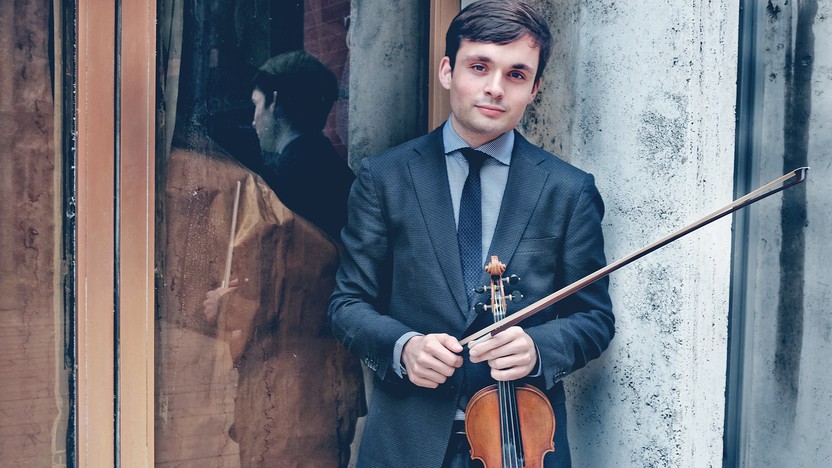
Sponsored By
- December 2, 2017


Sponsored By

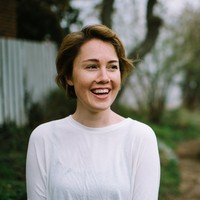
Even after becoming the youngest winner ever of the Pulitzer Prize for Music in 2013, Caroline Shaw is most comfortable identifying herself simply as a musician — a term that encompasses her work as a violinist, singer, improviser, producer (for Kanye West among others) and composer. She started studying violin at the age of two with her mother, a Suzuki teacher, and she formed her own string quartet while growing up in Greenville, North Carolina. Still, she waited until 2009 to compose the first in what has become a groundbreaking series of quartets. The Attacca Quartet recorded six of those works, including Entr’acte from 2011, on an album that won the 2020 Grammy for Best Chamber Music/Small Ensemble Performance.
Shaw was inspired to create Entr’acte (a theater term for music that separates two acts) after hearing a string quartet by Franz Joseph Haydn. What she wrote about Haydn could just as easily be applied to her own imaginative sound effects and extended techniques: “I love the way some music suddenly takes you to the other side of Alice’s looking glass, in a kind of absurd, subtle, Technicolor transition.” The ensemble A Far Cry commissioned this version for string ensemble in 2014, and it has become one of Shaw’s most performed pieces.
Aaron Grad ©2022
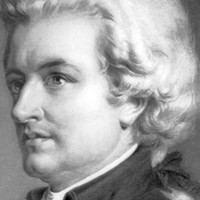 Listen to Audio
Listen to Audio
Mozart’s childhood feats at the keyboard overshadowed another of his great talents: playing the violin. His father was an influential teacher and the author of a seminal book on violin technique, so it figured that Mozart would pick up stringed instruments. (He also had a special affection for the viola, playing it in chamber music situations throughout his life.) Mozart wrote five violin concertos, all during his teenage years, when his official position had him working alongside his father in the service of Salzburg’s archbishop. With no record of any other performer or commission involved, we can surmise that Mozart wrote the violin concertos with the intention of performing the solo parts himself. Such works, along with the many symphonies, serenades and divertimentos from that time, were perfect fare for the side gigs he booked entertaining Salzburg’s wealthy families.
The violin writing in the Third Violin Concerto’s opening Allegro movement is full of three-note chords, in both the solo part and the orchestra. The chords give the main theme extra panache and power, and their idiomatic voicings show that Mozart knew how to achieve maximum effect on his secondary instrument.
Out of all five of Mozart’s violin concertos, this work’s central Adagio is the only movement in which two flutes replace the oboes. (Presumably the oboists in Salzburg doubled on flute.) The solo violin’s long, arcing phrases sound like they could come from the mouth of an operatic soprano; there is even a bit of a “diva” moment when the violin intrudes on the orchestra’s final coda to offer one last statement of the main theme.
In the Rondeau finale, one of the contrasting sections borrows a folk tune from the vicinity of Strasbourg, near the border between France and Germany, leading Mozart and others to dub this the “Strassburger” Concerto. Droning double-stops and folksy fiddling contribute to the local color.
Aaron Grad ©2017
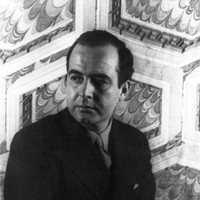
Samuel Barber enrolled in the founding class at Philadelphia’s Curtis Institute of Music at the age of 14. He went on to win the American Academy’s prestigious Rome Prize, which bankrolled his Italian residency from 1935 to 1937. During that time, Barber composed his String Quartet (Opus 11) as well as an adaptation for string orchestra of the quartet’s slow movement, a haunting Adagio that was destined to become one of the most recognizable compositions of the century.
The string orchestra version of the Adagio made its public debut in 1938 during a radio broadcast by Arturo Toscanini and the NBC Symphony Orchestra. The work became an instant favorite with the public, and its success launched Barber’s international career.
The first significant use of the Adagio as music for mourning came in 1945, when radio stations broadcast the work following the announcement of Franklin D. Roosevelt’s death. The tradition continued with performances at the funerals of John F. Kennedy, Grace Kelly and Leonard Bernstein, among many others. The score has also appeared in many films, from its wrenching role in Platoon to a sardonic cameo in Amélie.
The musical language of Barber’s Adagio is deceptively simple. Melodically, lines move in long strands of rising steps, evoking a sense of reaching and yearning. Harmonically, the energy builds through drawn-out suspensions, creating momentary surges of tension and release over a glacially slow sequence of bass notes. It is a simple and elegant design, one that evokes as much emotion, note-for-note, as any piece of music in recorded history.
Aaron Grad ©2022
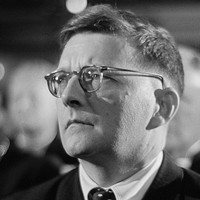
In 1948, when the Soviet authorities released a notorious decree attacking “formalism” in music, Dmitri Shostakovich topped the list of censured composers. He had bounced back from a similar public humiliation orchestrated by Stalin in 1936, but this renewed crackdown persisted. Shostakovich lost his faculty position at the Moscow Conservatory, and his main public duties in the following years consisted of keeping up appearances at international conferences and writing film scores and patriotic music. He continued his serious composing in private, stashing major new works—including the First Violin Concerto and the Fourth and Fifth String Quartets—for later performances.
Stalin died on March 5, 1953, and the Soviet Union entered a period of “thaw” under Nikita Khrushchev. Shostakovich’s longtime collaborators, the Beethoven Quartet, premiered the Fifth Quartet that November, and just weeks later they introduced the Fourth Quartet, a work that had waited four years for a first performance.
Rudolf Barshai, a Russian conductor and friend of Shostakovich, obtained the composer’s blessing to create this alternate arrangement of the Fourth Quartet, published as the Chamber Symphony, Op. 83a. The Allegretto first movement begins with an extended drone, its pressure mounting under folk-like melodies and serpentine counterpoint. The Andantino follows with a sweet, songlike tune, scored first for oboe over pulsing string accompaniment. The third movement is a whispered scherzo that takes on a militaristic character with an orchestration featuring trumpets and percussion.
A bassoon solo connects directly to the finale. There are strong traces in this movement of Jewish folk music, a source that Shostakovich turned to in a number of works during that period, including the Second Piano Trio from 1944 and the song cycle From Jewish Folk Poetry from 1948. If we take the word of Testimony, the memoirs dictated to (or possibly fabricated by) Solomon Volkov, Shostakovich appreciated that Jewish folk music “can appear to be happy while it is tragic. It is almost always laughter through tears.”
Aaron Grad ©2017
Get driving directions and find nearby parking.
Find dining options close to the venue.
View seating charts to find out where you'll be seating.
Get driving directions and find nearby parking.
Find dining options close to the venue.
View seating charts to find out where you'll be seating.
